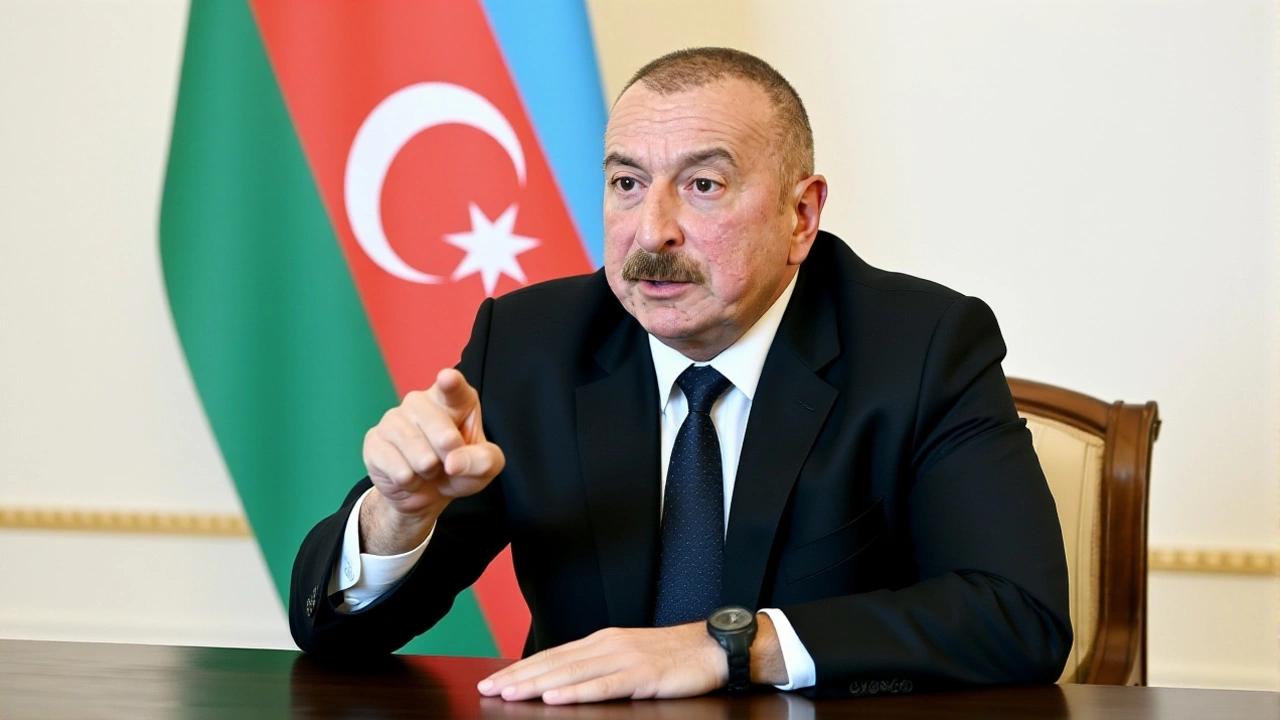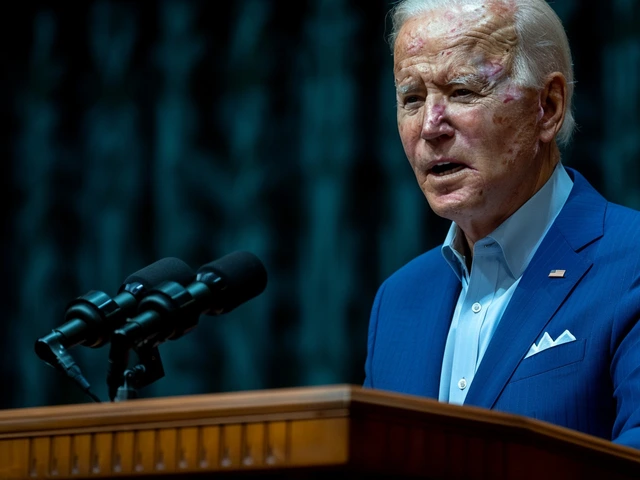Arms Embargo
When talking about arms embargo, a formal prohibition on the sale, supply or transfer of weapons to a specific country or group. Also known as trade ban on arms, it aims to curb violence, protect civilians and pressure violators. The UN Security Council, the body that authorises binding resolutions on international peace and security frequently imposes such measures, while the International Arms Trade Treaty, an international agreement that regulates conventional arms transfers provides the legal framework for enforcement. An embargo requires monitoring agencies, customs checks and licensing reviews, and it influences the flow of military equipment into conflict zones, often reshaping regional power balances.
Key Aspects of Arms Embargoes
The core purpose of an arms embargo is to limit military exports, the commercial sale of weapons and related technology that could fuel ongoing wars. By restricting these exports, embargoes seek to force parties back to the negotiating table, supporting peace negotiations, formal talks aimed at ending hostilities and creating space for diplomatic solutions. When enforcement is strong, the embargo enables humanitarian aid groups to operate more safely, as fewer weapons mean reduced risk for aid convoys. Conversely, weak enforcement can let illicit networks reroute arms, undermining the intended impact and prolonging instability. The relationship between an embargo and regional stability is clear: tighter controls tend to lower the likelihood of spill‑over violence, while lax regimes often see a surge in proxy fighting.
On the ground, governments and NGOs employ satellite monitoring, intelligence sharing, and customs audits to track suspicious shipments. The United Nations’ Panel of Experts often produces detailed reports on compliance gaps, highlighting how illicit traders use false end‑users or trans‑shipment hubs to bypass restrictions. Countries that honor the embargo integrate its rules into national export‑control laws, requiring exporters to obtain licences and conduct end‑use verification. When a country violates the embargo, the sanctions enforcement, the process of applying penalties for non‑compliance may include asset freezes, travel bans, or secondary sanctions targeting firms that facilitate prohibited transfers. This chain of accountability creates a feedback loop: stricter enforcement deters violations, which in turn strengthens the embargo’s credibility and its ability to shape conflict outcomes.
Below you’ll find a curated selection of recent stories, analyses and reports that illustrate how arms embargoes are playing out across Africa and beyond. From UN resolutions affecting the Sahel to the impact of the Arms Trade Treaty on regional security, the articles showcase the diverse ways policymakers, businesses and civil‑society groups navigate the challenges of restricting military flows. Dive in to see real‑world examples of embargoes in action, the debates they spark, and the measurable effects on peace and security.

Azerbaijan Mulls Lifting Arms Embargo on Ukraine After Russian Strikes on SOCAR Assets
Azerbaijan may lift its arms embargo on Ukraine after Russian drone strikes on SOCAR assets, a move that could reshape regional power balances.
Categories
- Sports (146)
- Politics (22)
- Entertainment (20)
- World (15)
- News (10)
- Lifestyle (8)
- Business (6)
- Technology (3)
- Health (3)
- Environment (2)



